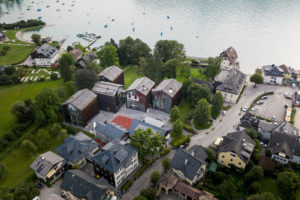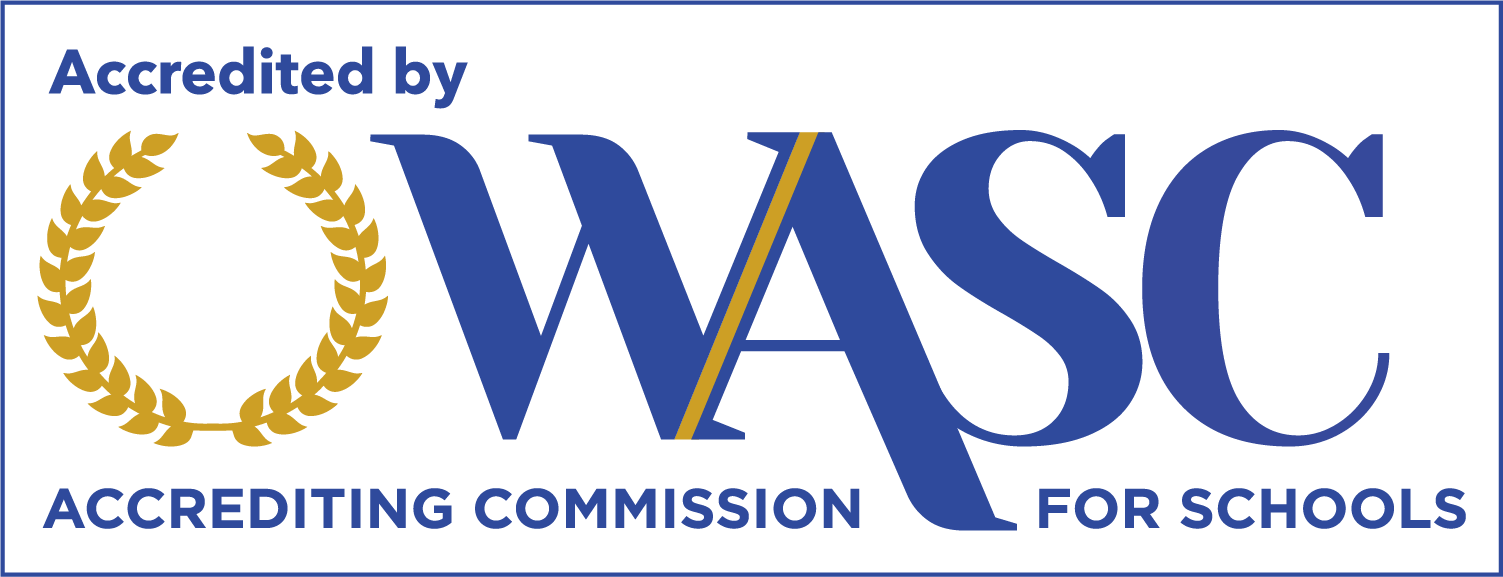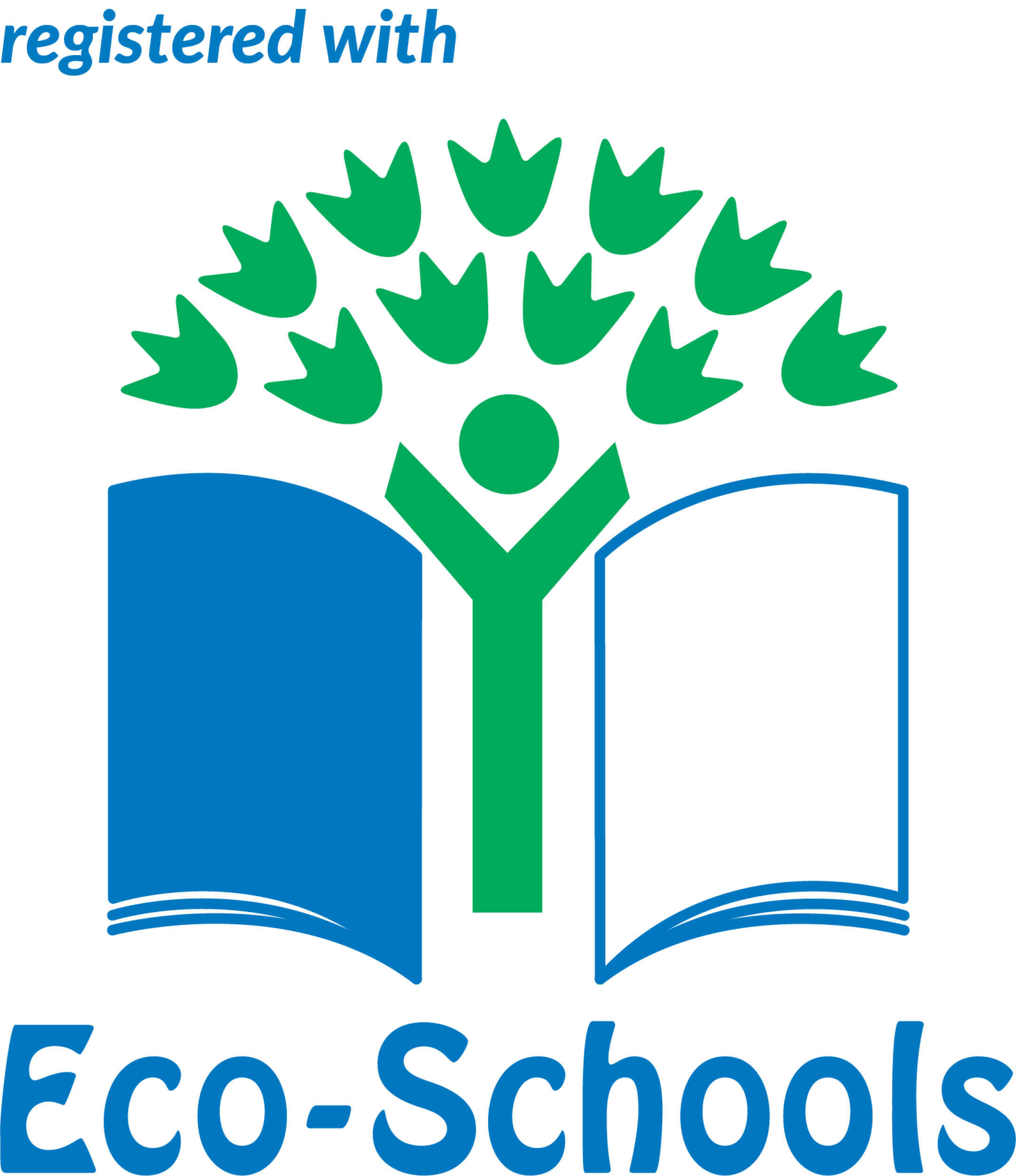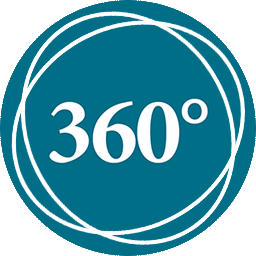We catch up with Thomas Kukla, the head of our StGIS Outdoor Education Programme, to discuss the highs and lows of outdoor education. Having led every kind of expedition from ski tours in Spitzbergen to hiking expeditions in the Himalayas, Thomas is proud to say there is no place he would rather be than exploring the surrounding Salzkammergut region and helping inspire the next generation to feel the same way!

How did your love of the outdoors begin?
It all started when I was a kid exploring the small mountains surrounding my home in Austria. Every weekend when the weather was good, my parents would take me for a hike up to a mountain hut. As I got older, I discovered there was more to the mountains than just having some cheese and ham at a hut! The more I learnt about nature and the more I became involved in interesting and challenging activities like mountaineering and climbing – the more satisfying each trip became!
When did it get serious?
One year I completed 200 days of climbing and 120 ski tours in a single winter. During this time I learned a lot about nature and myself – especially my fears and beliefs. In addition, the mountains gave me the opportunity to travel a lot and allowed me to experience different countries and cultures.
What qualifications have you gained?
I am now an International IVBV/IFMGA Mountain & Skiing Guide, which allows me to guide expeditions up any mountain in the world – in all terrains and for all levels of difficulty.
What’s your role at StGIS?
In addition to leading expeditions, I am responsible for the safety, quality and content of the whole outdoor education program, which includes a variety of outdoor sports activities.
What are some expeditions you’ve led for StGIS students?
Besides many smaller expeditions, we’ve climbed:
- the Großglockner (the highest mountain in Austria at 3798m),
- the Zugspitze (the highest mountain in Germany),
- Triglav (the highest mountain in Slovenia)
- Gran Paradiso (the highest mountain of Italy at 4061m).
- Weissmies (Switzerland, 4017m),
- Mont Blanc (France, the highest mountain of the alps at 4810m). On this trip we didn’t use huts. We were carrying all our equipment like tents, mats, sleeping bags, food and we were bivouacking on the glacier.
What are the benefits of learning a skill like climbing/ mountaineering?
You learn to take responsibility for your partner and team. In some moments, you are responsible for their lives – so you have to concentrate, stay focused and take it seriously. You learn that you are only as strong as the weakest link and that teamwork is absolutely essential. Ultimately, students learn to appreciate each other more as they come to see that every individual has different strengths that they didn’t see before.
Sounds like the students learn a lot about themselves…
Definitely. As you only get honest feedback from a mountain, you learn a lot about your strengths and weaknesses – for example, if you’re not strong enough (physically or mentally) you simply won’t reach the summit. You can’t hide your fears and weaknesses for long, and you will be forced to look in a mirror sooner or later. If you want to reach a higher level, you simply have to work on yourself and learn to accurately assess your skills and ability.
Would you say outdoor activities help students to persevere in other activities?
I always see it when the students have to do their final exams in their last year at school. After a tough exam they compare it to their trip up Mont Blanc or a walk across a glacier in challenging conditions – and just like the trip, in the exam they persevered and kept going – because they believed that at the end they would reach their goal!
Thanks for your time, Thomas. See you out there!
Thomas’ thoughts and experiences will be discussed in an article ‘How to Move Mountains’ published in ‘Path of Excellence’ – a book full of extraordinary St. Gilgen International School stories. Stay tuned!



















